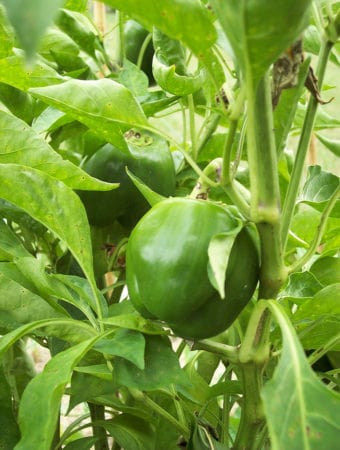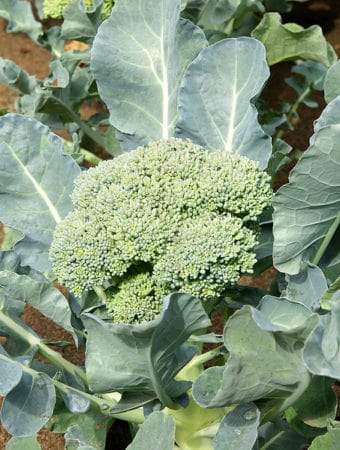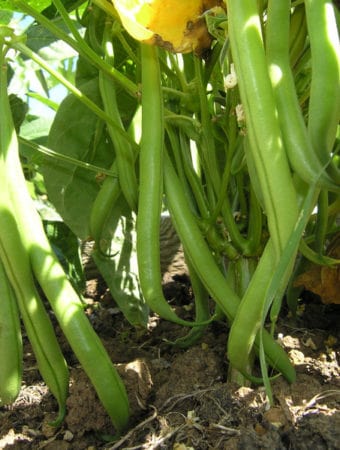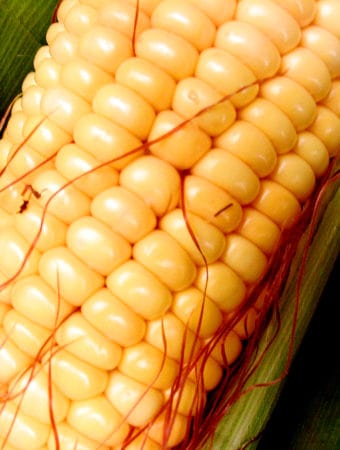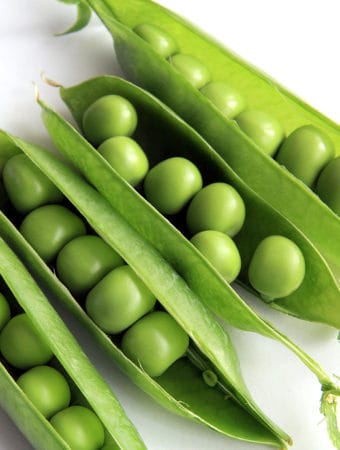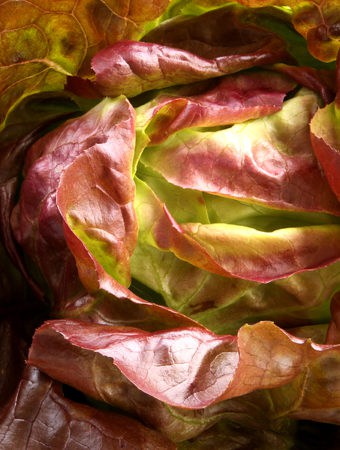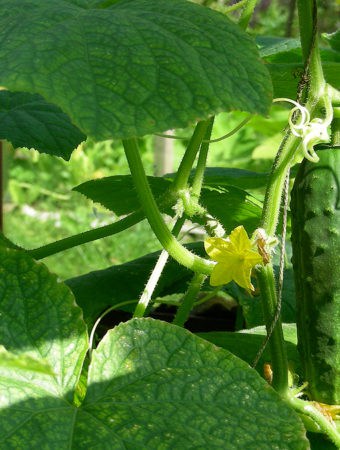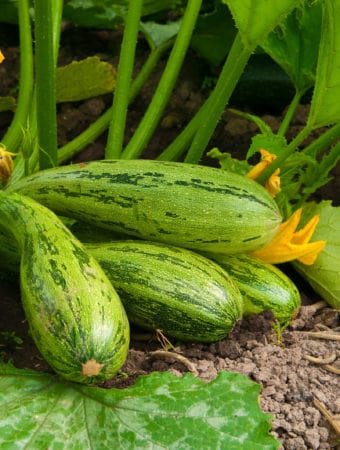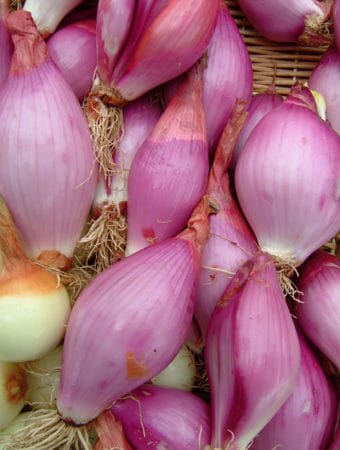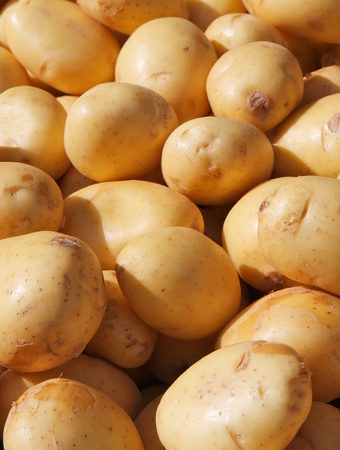Ipomoea–commonly called Morning glory–is a fast-growing short-lived perennial or annual twining climber with heart-shaped leaves and, from summer to early fall, funnel-shaped, white, pink, red, blue, or variegated flowers. Ipomoea can quickly cover a fence, wall, or rose arch.
Ipomoea flowers are abundant though usually very short-lived. Flowers are trumpet-shaped or tubular. They usually open in the morning and fade in the early afternoon. Morning glories bloom during summer and early autumn.
Good Products for Growing Flowers and Shrubs at Amazon:
- Garden Safe Snail and Slug Bait
- Bonide Sulfur Fungicide
- Monterey BT Caterpillar Killer
- Neem Bliss 100-% Cold Pressed Neem Oil
- Safer Brand Insect Killing Soap
- PyGanic Botanical Insecticide
The best-known Ipomoea species include the decorative blue dawn flower, the useful sweet potato, and a weed called the wild sweet potato vine. There is some confusion between this genus and Convolvulus, also called morning glory.
Ipomoea is easily grown in fairly good soil. Ipomoea will tolerate most situations. Placing a trellis or support in place at planting time will help ensure stems do not become tangled as they grow; this will allow for the best display of blooms.
One important note: the seeds of many species are poisonous.
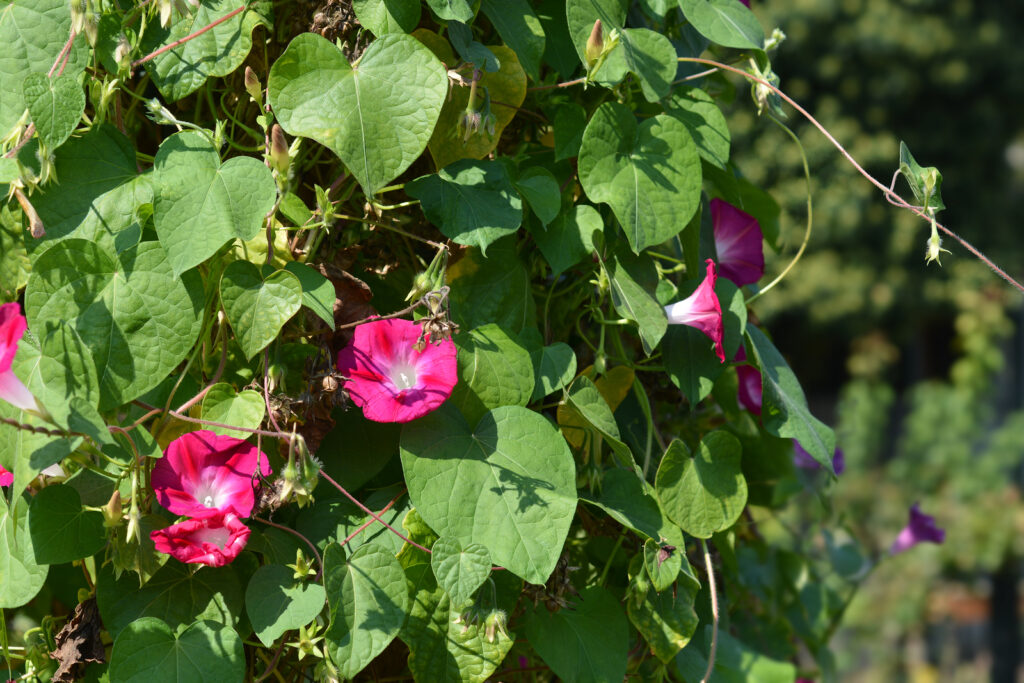
Get to know Ipomoea
- Plant type: Annual summer and fall-blooming vine; perennial in very warm zones
- Growing Zones and range: 2-11
- Hardiness: Tender
- Height and width: 18 inches (20cm) to 15 feet (3m) depending on growing conditions
- Foliage: Vigorous, twining stems with heart-shaped green leaves 4 to 5 inches long
- Flowers: Trumpet-shape flowers 3 to 5 inches wide
- Flower colors: Blues, reds, pinks, lavenders, white, and bi-colors, sometimes striped or margined with contrasting colors
- Bloom time: Summer and fall
- Uses: Grow on large trellis, fence, or let crawl as a groundcover
- Common name: Morning Glory
- Botanical name: Ipomoea spp.
- Family: Convolvulaceae
- Origin: Native to warm regions worldwide
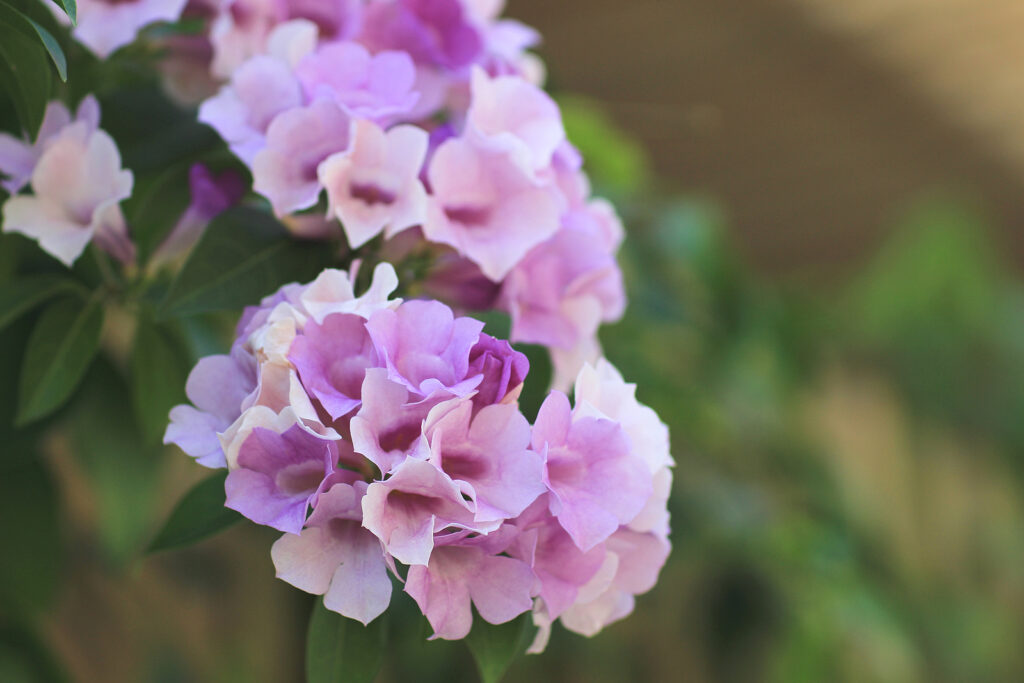
Where to plant Ipomoea
- Plant morning glory in full sun.
- Grow morning glory on average to humus-rich well-drained soil.
- Most ipomoeas require strings, a trellis, or other support on which to climb.
- Ipomoea prefers a soil pH of 5.5 to 6.5
Ipomoea uses
- Grow Ipomoea on trellises, fences, or arbors.
- Use Ipomoea as a quick screen grown on a trellis.
- Ipomoea can trail across the ground as a ground cover.
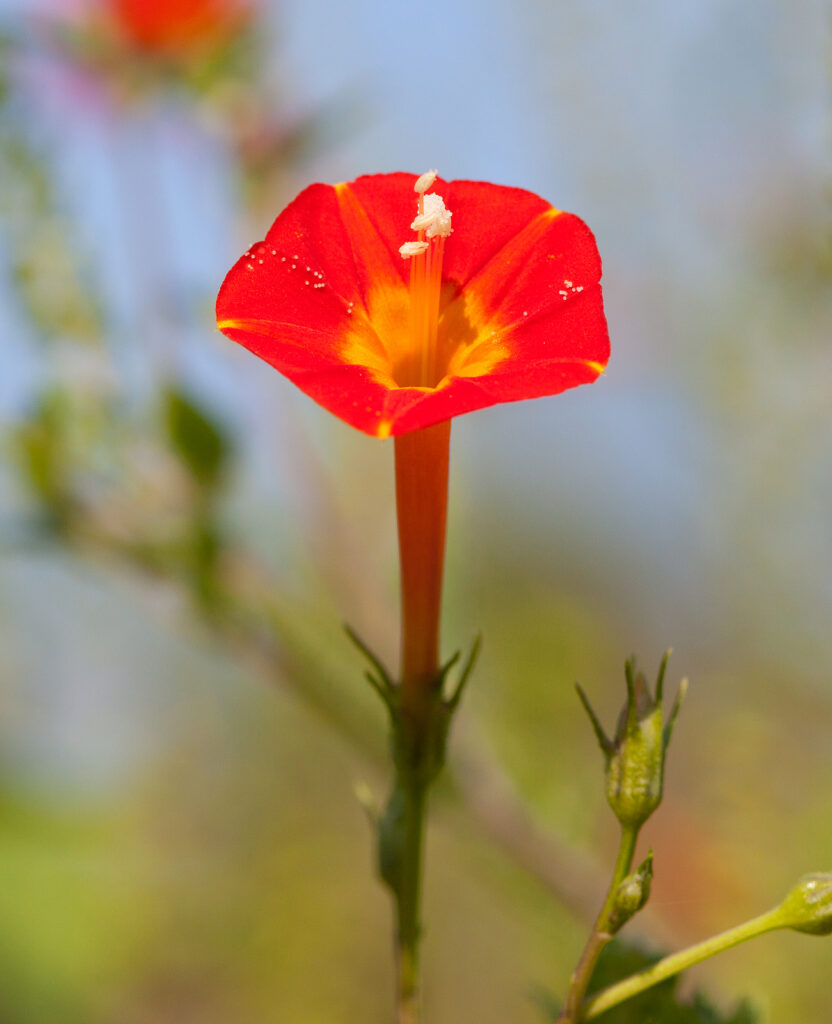
When to plant Ipomoea
- Plant morning glory in late winter or spring after all danger of soil has passed.
- Sow seeds indoors in individual pots 6 to 8 weeks before the last spring frost.
- Germination takes 7 to 21 days at 65° to 70°F (18°-21°C).
- To speed germination, nick seed oats with a knife or file or soak the seeds in warm water for 24 hours before sowing.
- Seedlings need a stake to climb on even when they are small; otherwise, vines can become entangled.
- Transplant seedlings to the garden once temperatures remain warmer than 45°F (7.2°C).
- Sow seeds directly in the garden 2 weeks after the last spring frost. Put the trellis in place before sowing the seed.
Planting and spacing Ipomoea
- Space morning glory 3 to 15 feet (.9-4.5m) apart depending on the variety.
- Plant seeds directly in soil; soak seeds in warm or tepid water for 24 hours to soften seed coat before sowing.
- Work a few spadefuls of compost into the soil or add slow-release fertilizer.
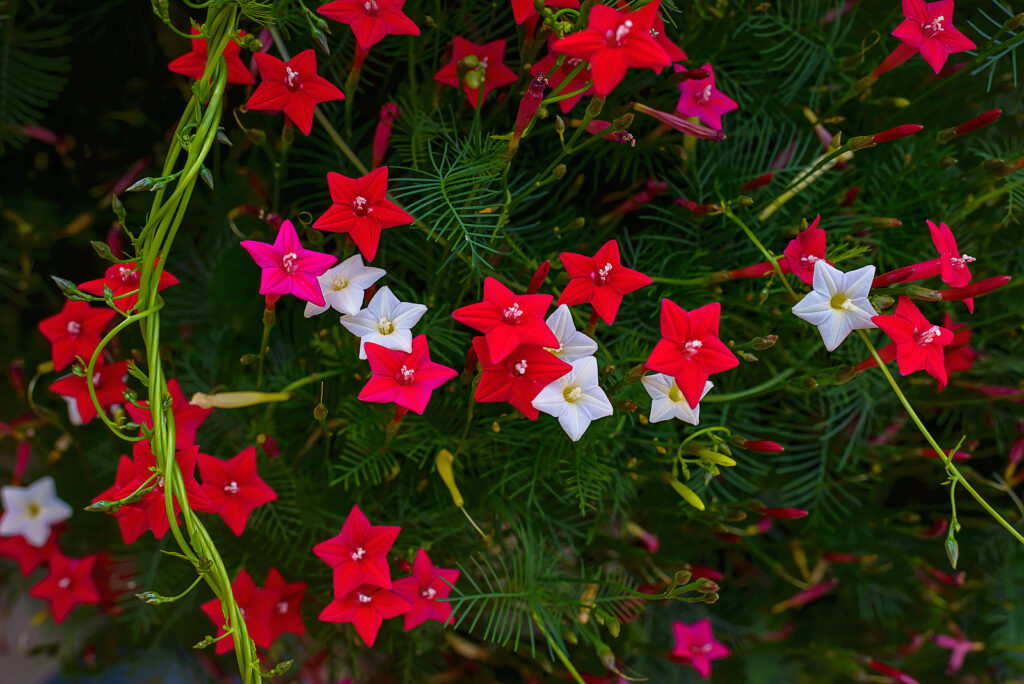
How to water and feed Ipomoea
- Morning glory needs ample moisture for best flowering; keep the soil evenly moist.
- Limit fertilizer to keep plant size in check.
Ipomoea care
- Mulch around morning glory to conserve soil moisture.
- Ipomoea can self-sow; remove plants you don’t want.
- Ipomoea can be trained to a trellis or up fences and trellises. Set supports in place before or right after sowing seeds or setting out seedlings.
Growing Ipomoea as a houseplant
- Ipomoea purpurea can be grown as a houseplant.
- Grow Ipomoea in a soulless medium in a warm room where light is direct and humidity is average to high.
- The medium should be kept barely moist at all times.
- Fertilize monthly while the plant is flowering.
- A trellis or other support is required if the plant is not grown in a hanging basket.
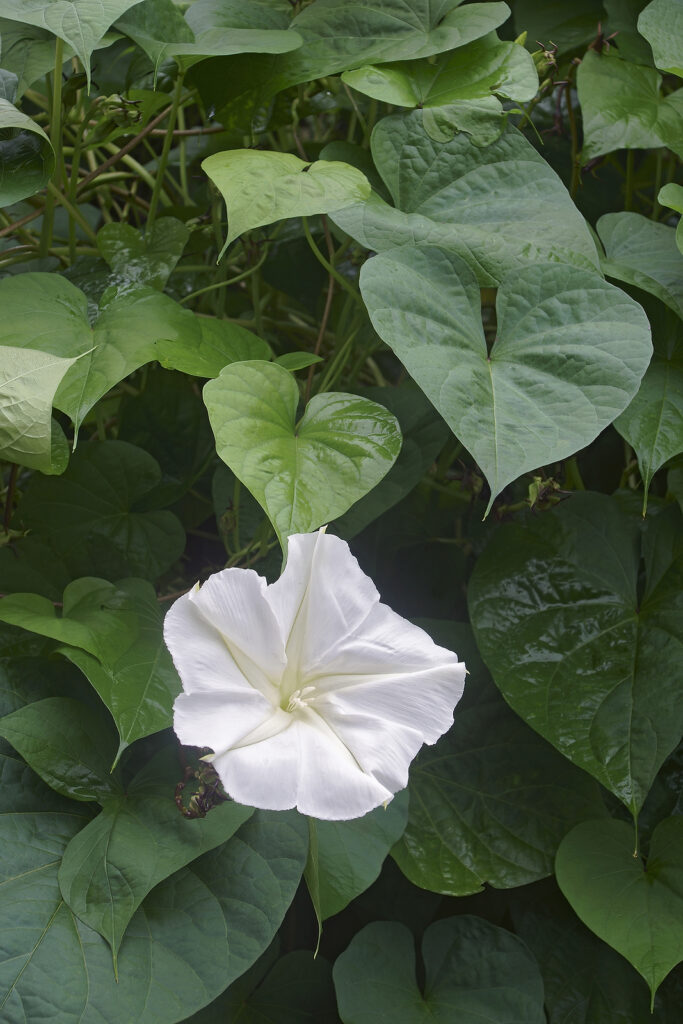
Ipomoea common problems
- Seedlings can be slow to develop.
- Too much fertilizer or water can promote vegetative growth at the expense of flowers.
- Aphids, mealybugs, scale insects, red spider mites, and whitefly can attack Ipomoea.
- Leaf spot and root rot can occur.
Ipomoea propagation
- Sow seed in spring; from seed, plants will bloom in about 6 months.
- Seeds are very hard; for good germination, nick seed coat with a file or soak in lukewarm water overnight.
- Seeds germinate in 7 to 21 days.
- For earliest blooms, start seeds indoors at 70° to 75°F (21°-24°C) in peat pots.
- Perennial Ipomoea can be propagated by cuttings taken in spring or summer.
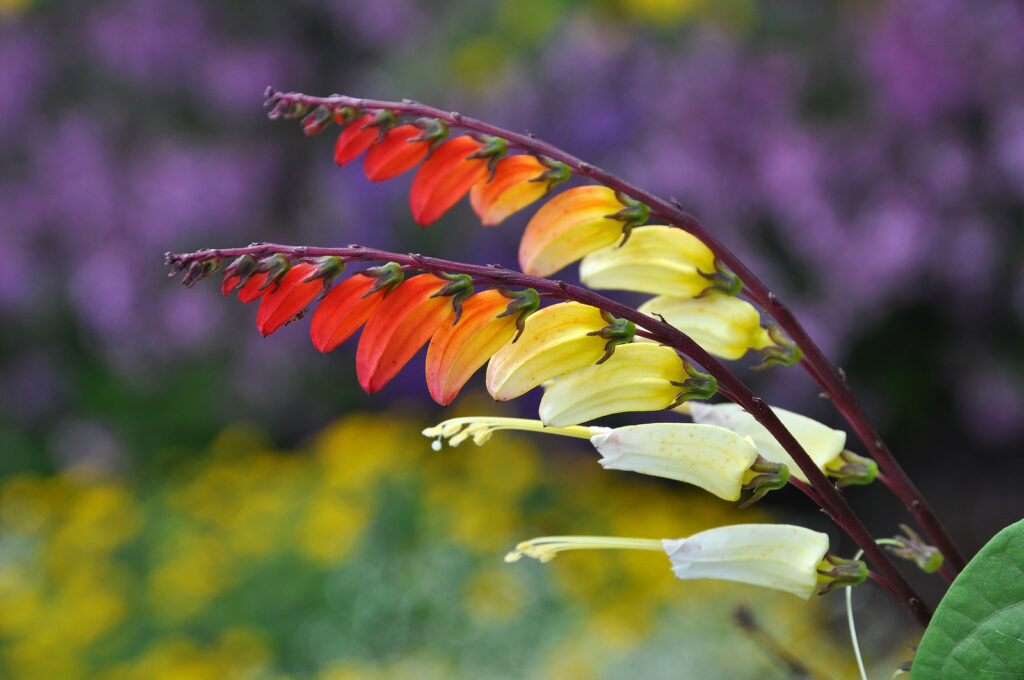
Ipomoea varieties to grow
- Ipomea acuminata, blue morning glory: Perennial; rapid growth 15 to 30 (4.5-9m) feet; flowers bright blue fading to pink, 3 to 5 inches (7.6-12cm) across.
- I. alba, moonflower: Perennial, fast-growth 20 to 30 feet (2.25-9m); night-blooming flowers to 6 inches (15cm) across in white, sometimes lavender pink
- I. batata, sweet potato: Perennial grown in food gardens; plants grow to 10 feet (1.1m) and bear pale purple flowers in summer; ‘Blackie’ bears dark purple-black leaves.
- I. corrinea, red morning glory, star morning glory: Annual; vigorous grower to 6 feet (1.8m) bears clusters of small 3/4 inch scarlet trumpet flowers in summer.
- I. hederacea: Annual climber grows 6 to 10 feet (1.8-3m) long; bears clusters of 1-inch wide blue, purple, or purple-red flowers in summer.
- I. lobata, Spanish flag: Tender perennial grows 6 to 15 feet (1.8-4.5m)l bears small tubular flowers initially red then turn to orange, yellow, and cream with age.
- I. x multifida, cardinal climber: Annual cross between I. corrinea and I. quamocliot; bears small crimson flowers in summer.
- I. nil, morning glory: Short-lived perennial bears large flowers in a range of colors in summer; grows to 15 feet (4.5m); several cultivars include ‘Chocolate’ and ‘Scarlett O’Hara.’
- I. purpurea, common morning glory: Annual climber grows 6 to 10 feet (1.8-3m); bears 2-inch-wide trumpet flowers in shades of blue, purple-blue, pink, white, or red, also some with stripes of color.
- I. quamocliot, cypress vine: Annual grows 6 to 20 feet; bears small scarlet flowers in summer.
- I. tricolor, morning glory: Vigorous annual; the most popular morning glory; grows 10 to 12 feet; bears 3-inch-wide pale blue to purple flowers with white throats; cultivar ‘Crimson Rambler’ has red flowers with the white throat; cultivar ‘Heavenly Blue’ bear sky blue flowers with white throats and ‘Pearly Gates’ bears white flowers.
Ipomea frequently asked questions
Q: What’s the best way to start morning glory from seed?
A: Morning glory grows quickly. Sow seeds where the plant is to grow after all danger of frost has passed. You can start seeds indoors 4 to 6 weeks before the last frost, but morning glory does not like transplanting. Morning glory seeds have a very hard coat, so soak them in water for twenty-four hours before sowing or nick or file the seed coat in order for moisture to get inside.
Q: Why does my morning glory get lots of lush leaves but no flowers?
A: The soil is probably too fertile. Do not add rich organic matter or fertilizer to the soil where you grow morning glory. Do not overwater; keep the soil on the dry side. Be sure to grow morning glory in full sun; plants will not produce flowers in the shade.
Related Articles:
- 20 Perennials That Bloom for 6 to 8 Weeks
- Shrubs with Showy Flowers Season-by-Season
- Trees in Garden Design
- Growing Annuals for Summer Bloom
- Trees—click here for more articles
- Shrubs—click here for more articles
- Perennials—click here to see more
- Annuals—click here to see more



